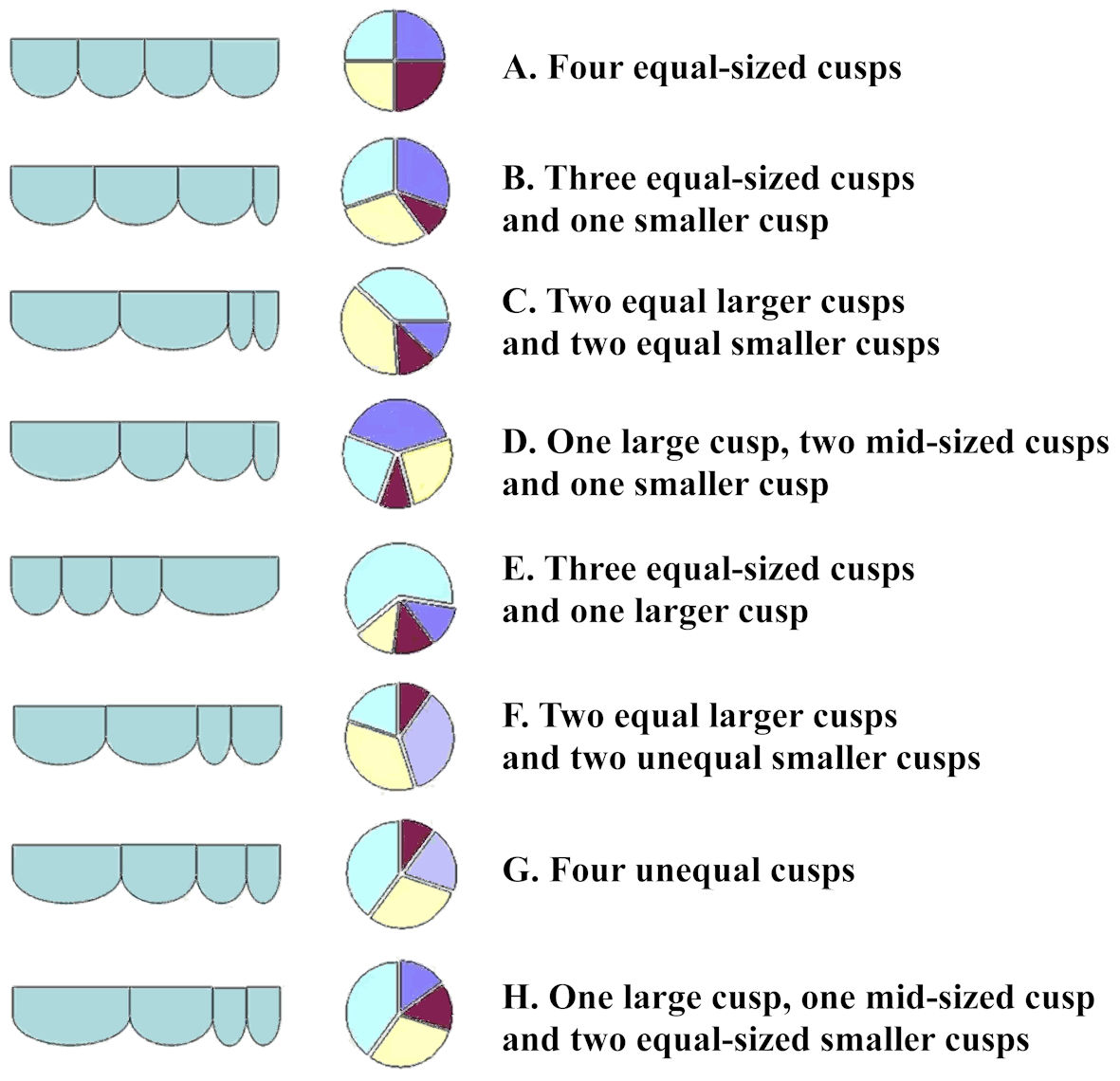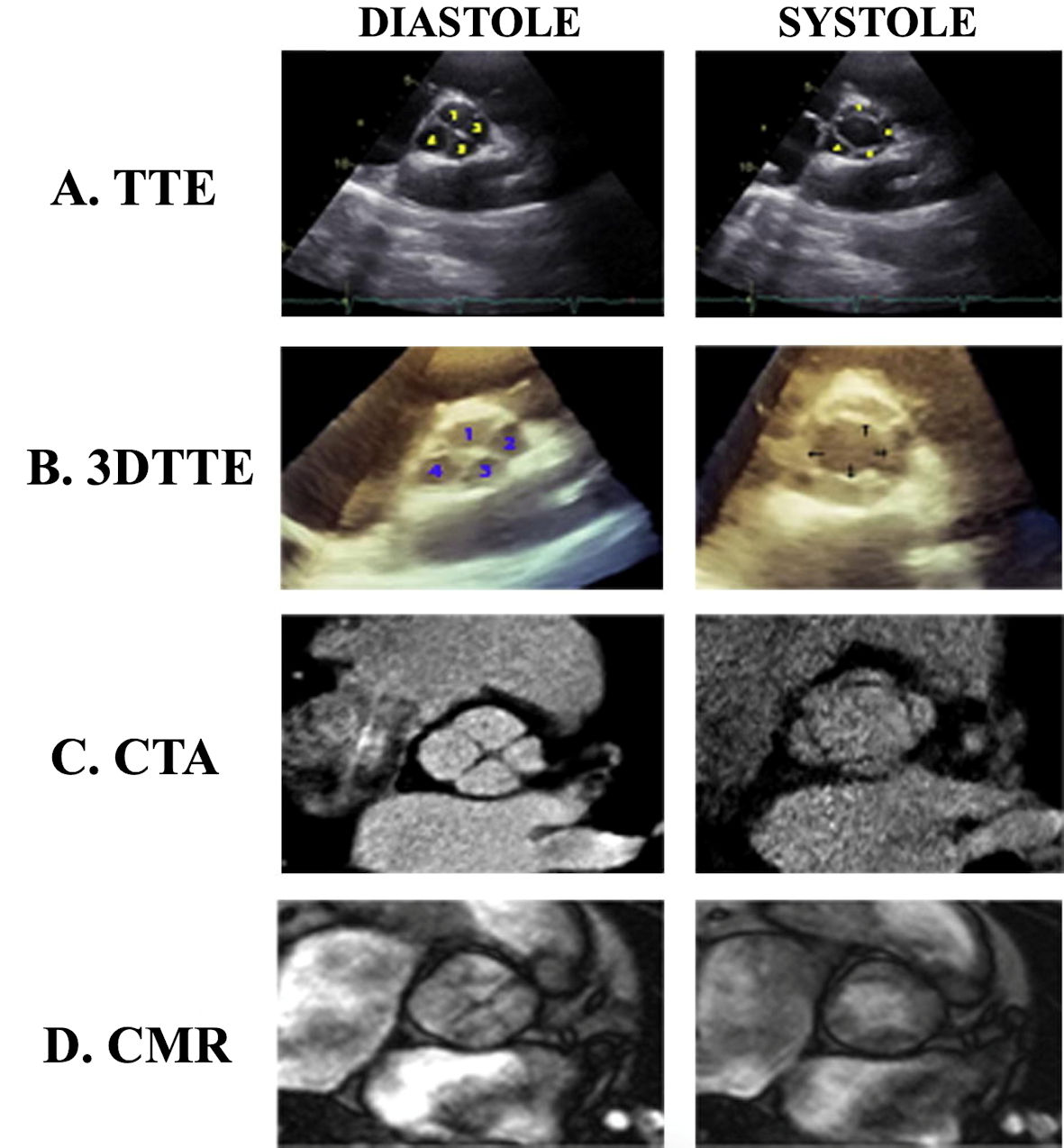
Figure 1. Hurwitz and Roberts’ classification subtypes of quadricuspid aortic valves, including Vali et al’s type H supplement. The figure was reprinted with permission from Yuan [38].
| Cardiology Research, ISSN 1923-2829 print, 1923-2837 online, Open Access |
| Article copyright, the authors; Journal compilation copyright, Cardiol Res and Elmer Press Inc |
| Journal website https://www.cardiologyres.org |
Review
Volume 13, Number 1, February 2022, pages 2-10
Quadricuspid Aortic Valve: An Introduction for Clinicians
Figures



Tables
| Type A (32% [8]): four equal-sized cusps |
| Type B (41% [8]): three equal-sized larger cusps and one smaller cusp |
| Type C (15% [8]): two equal-sized larger cusps and two equal-sized smaller cusps |
| Type D (3% [8]): one larger cusp, two intermediate cusps, and one smaller cusp |
| Type E (2% [8]): one larger cusp and three equal-sized smaller cusps |
| Type F (2% [8]): two equal-sized larger cusps and two unequal-sized smaller cusps |
| Type G (5% [8]): four unequal-sized cusps |
| Type H: one larger cusp, one intermediate cusp, and two equal-sized smaller cusps |
| Type I (23.8% [34]): supernumerary cusp between the left and right coronary cusps |
| Type II (30.9% [34]): supernumerary cusp between the right and noncoronary cusp |
| Type III (7.1% [34]): supernumerary cusp between the left and noncoronary cusp |
| Type IV (9.5% [34]): supernumerary cusp indistinguishable due to two equal-sized smaller noncoronary cusps |